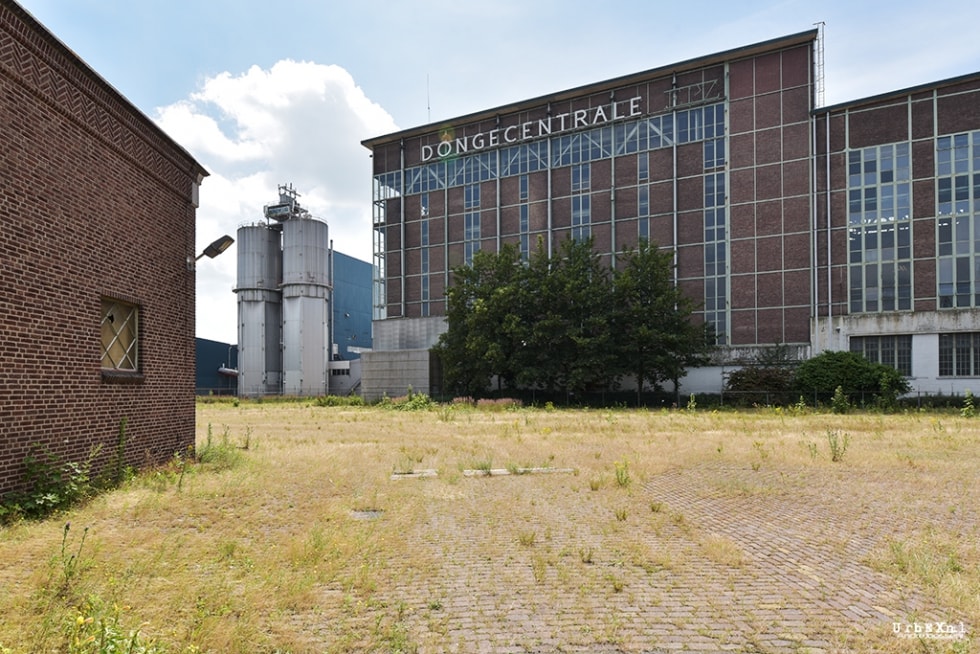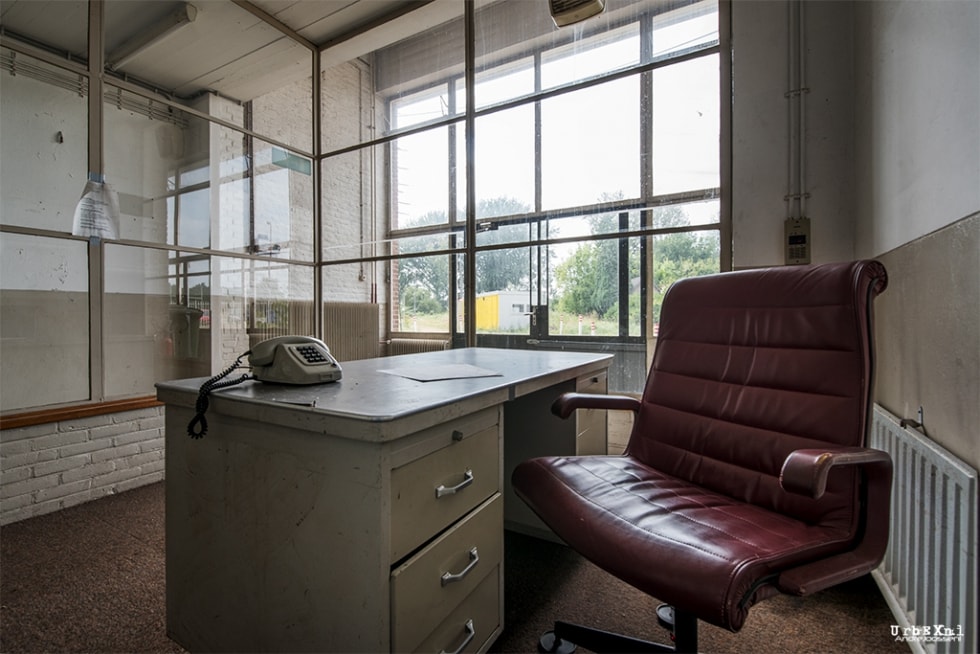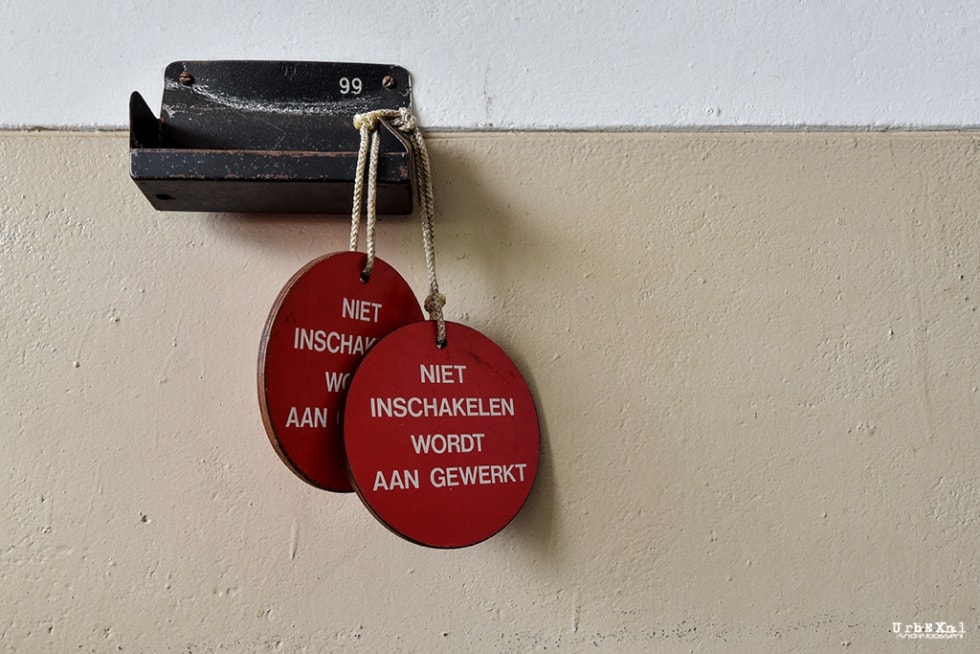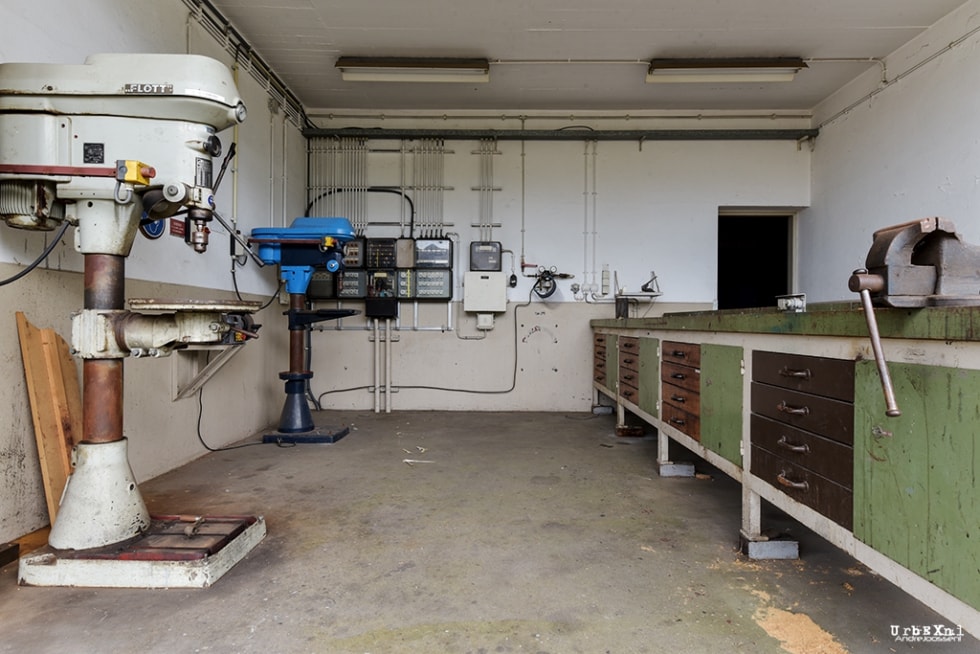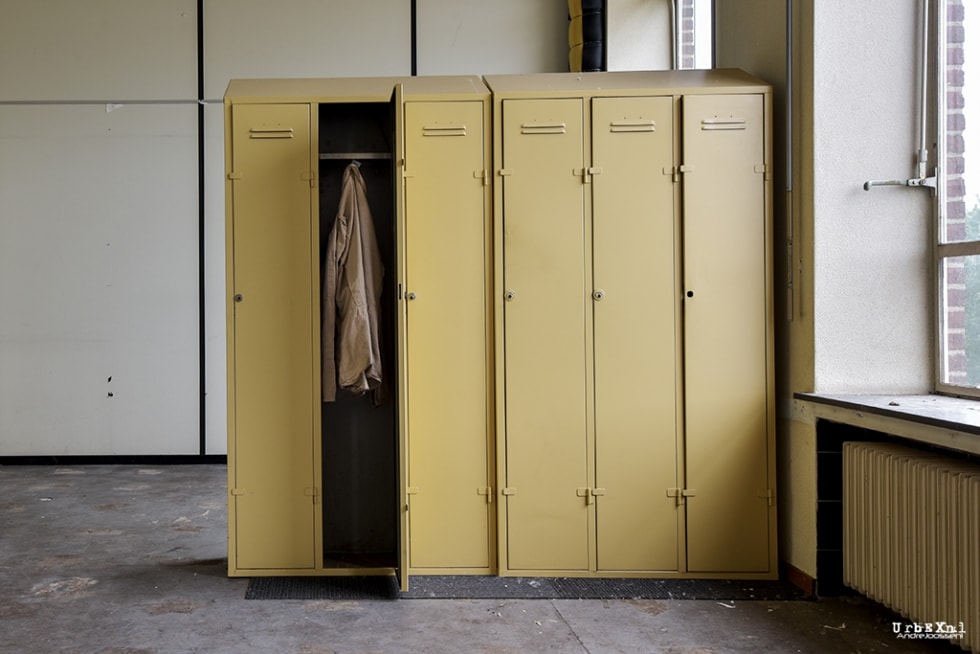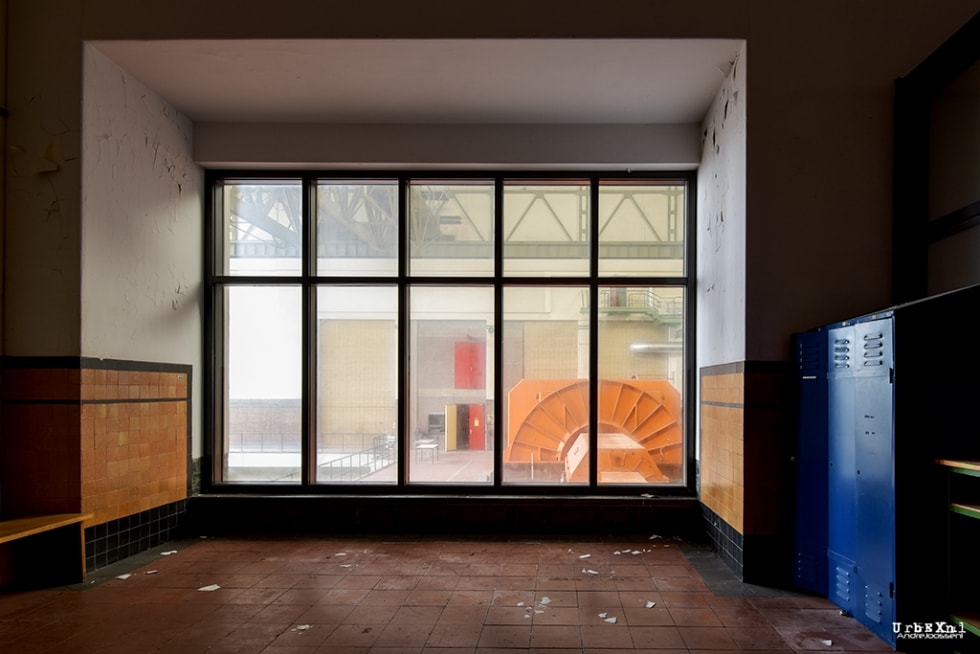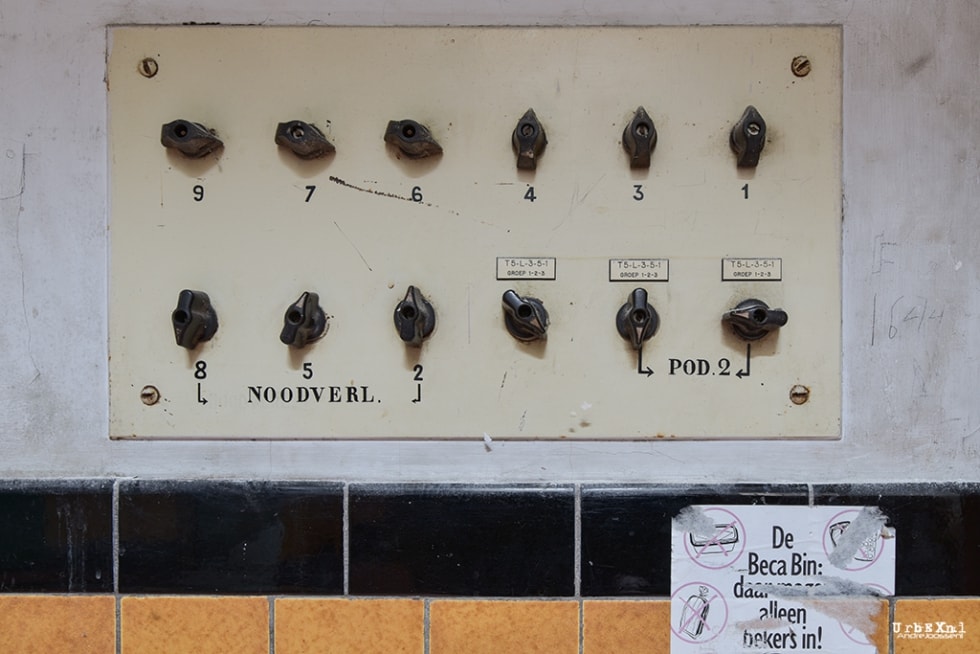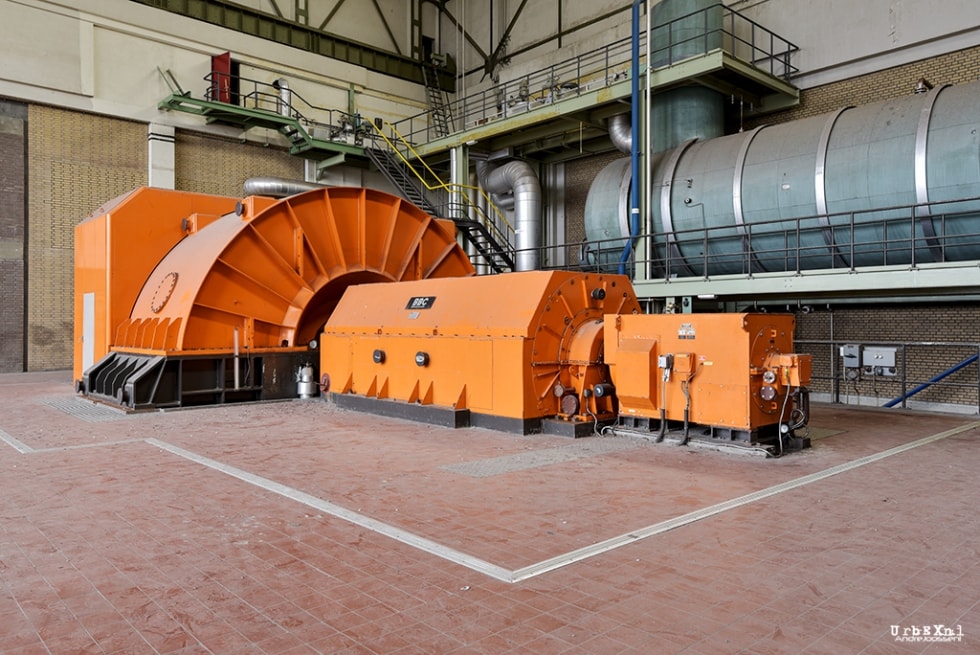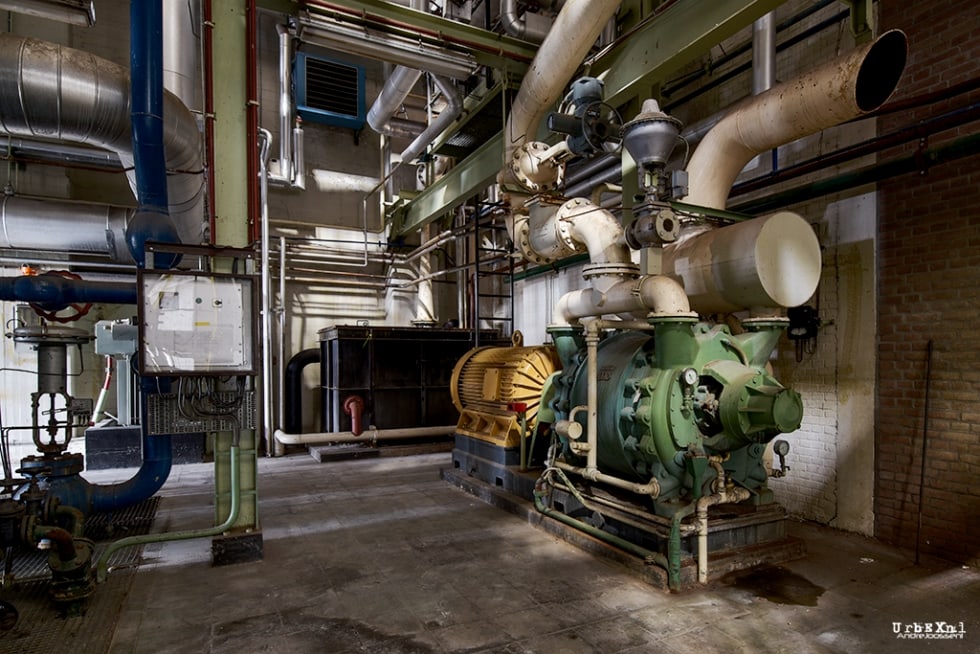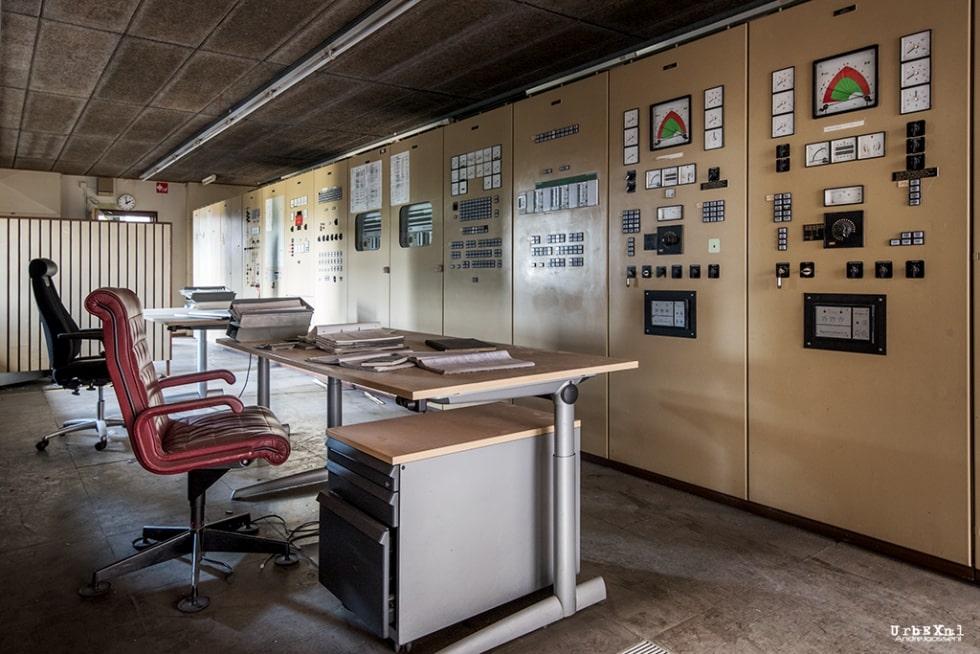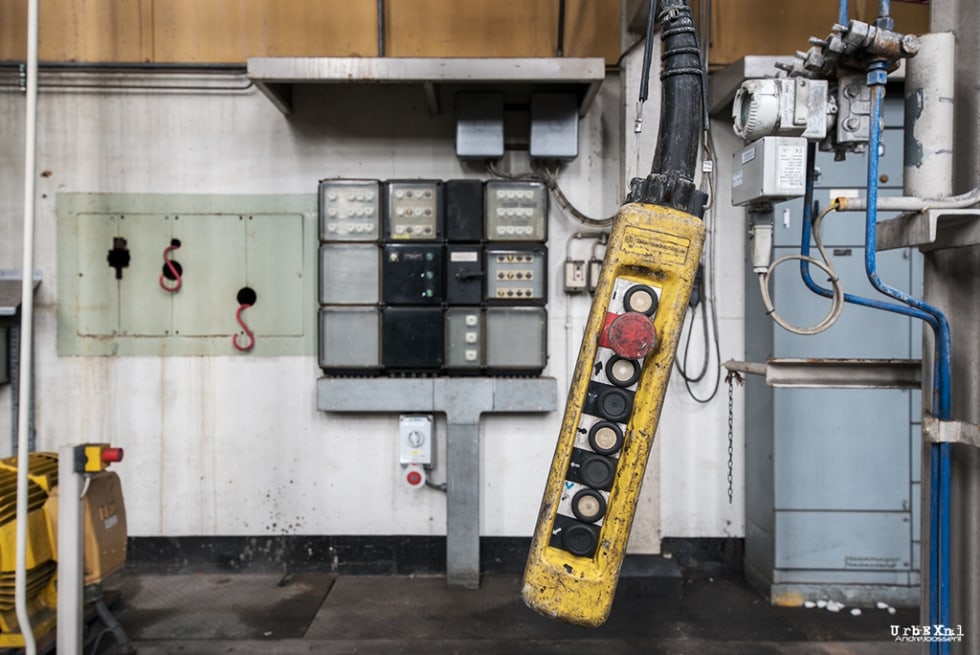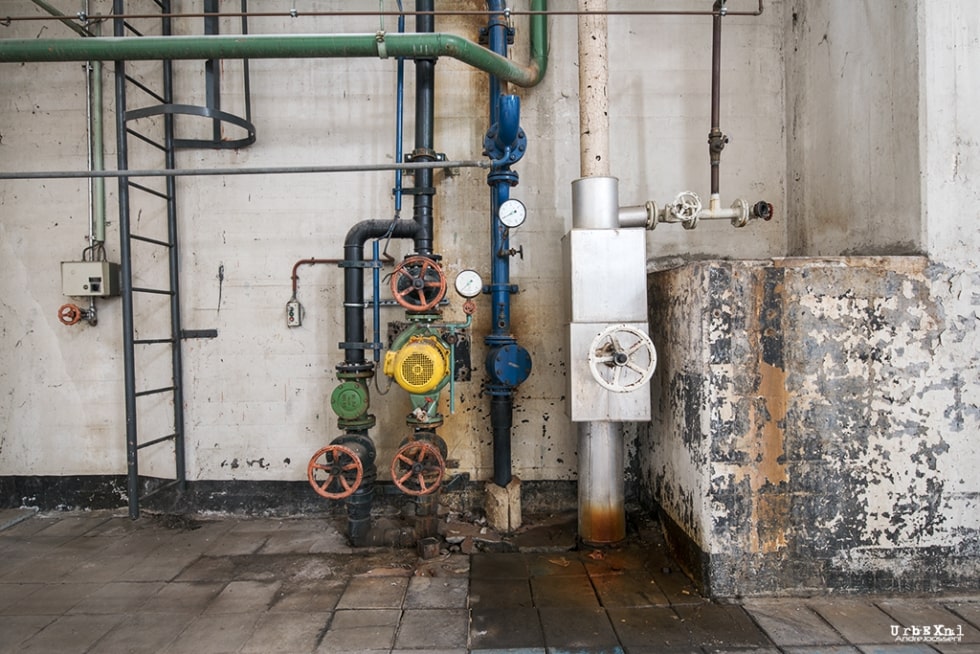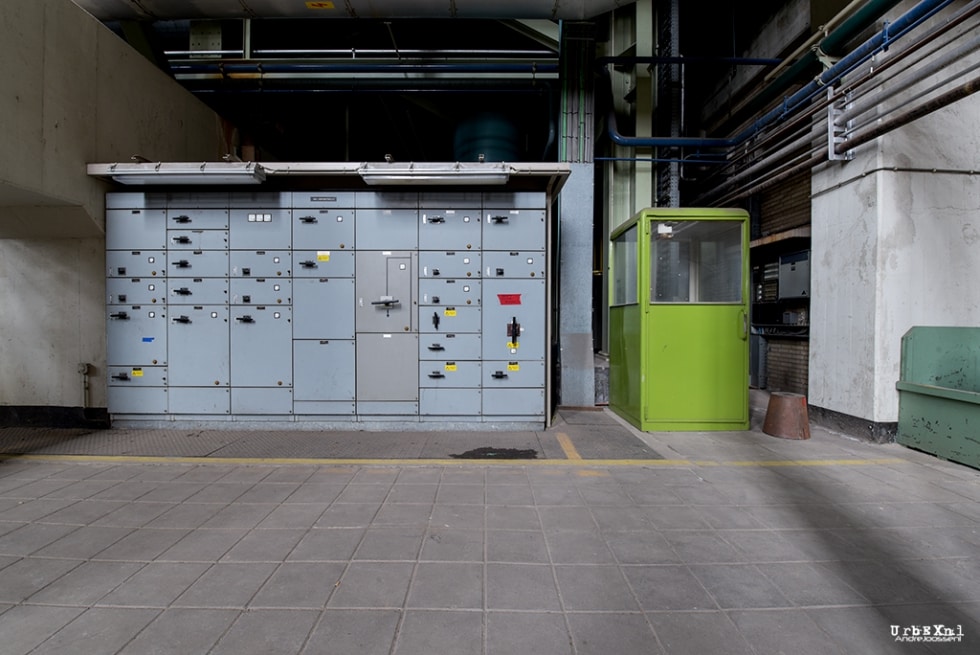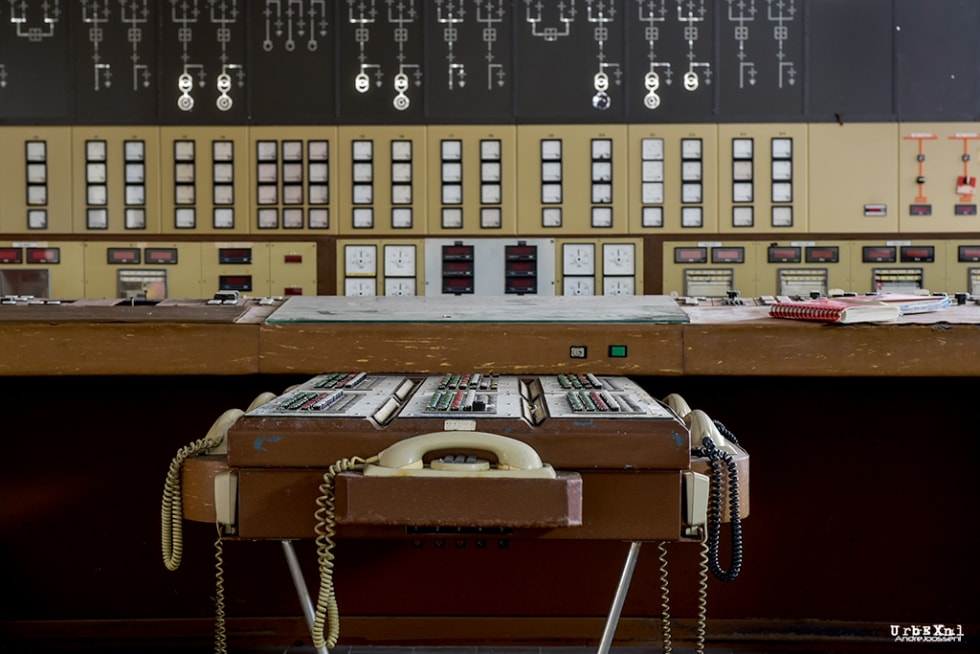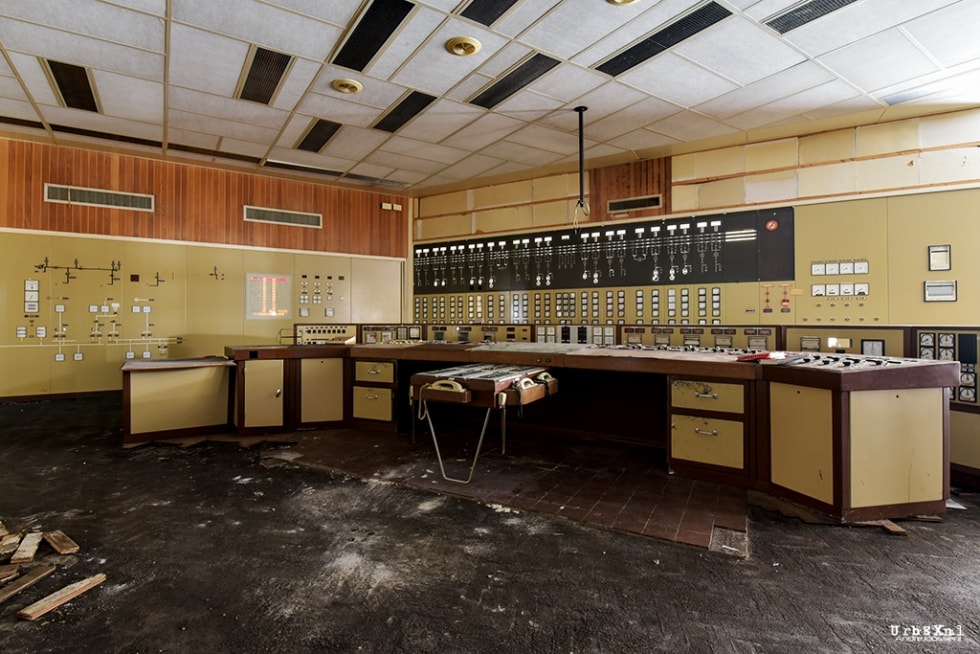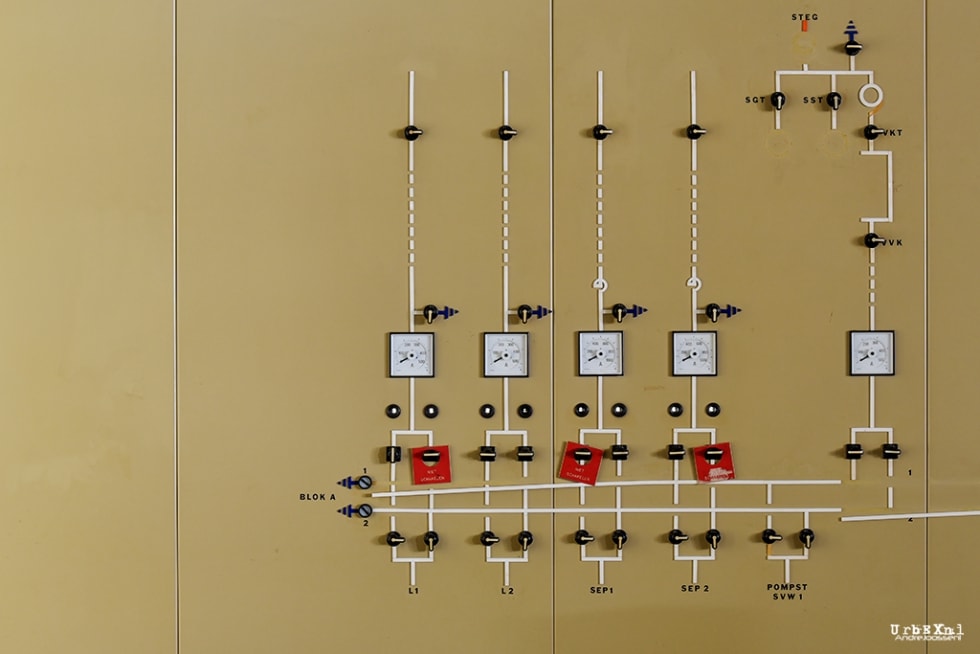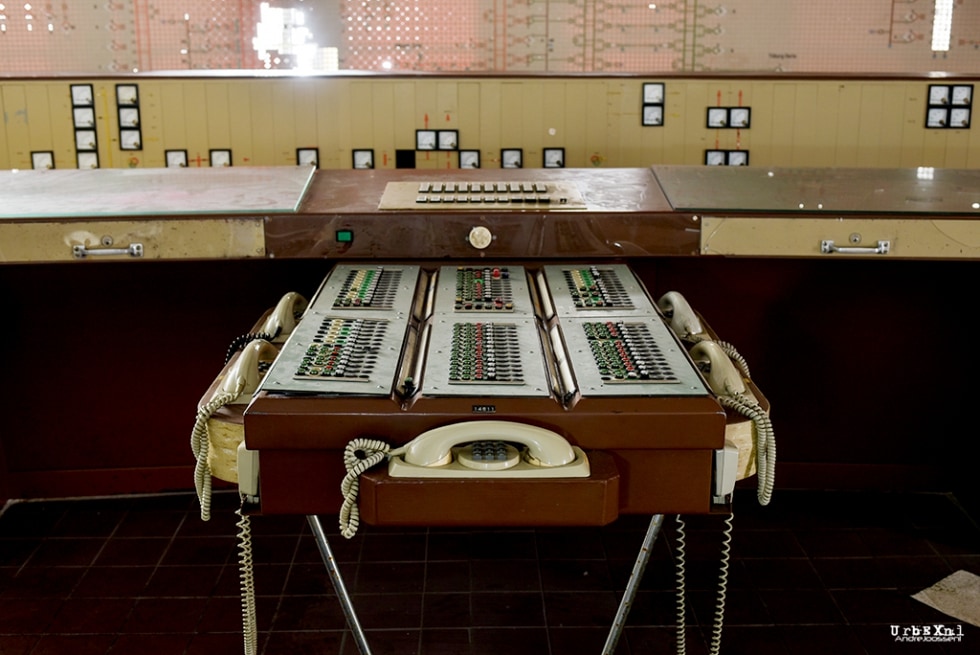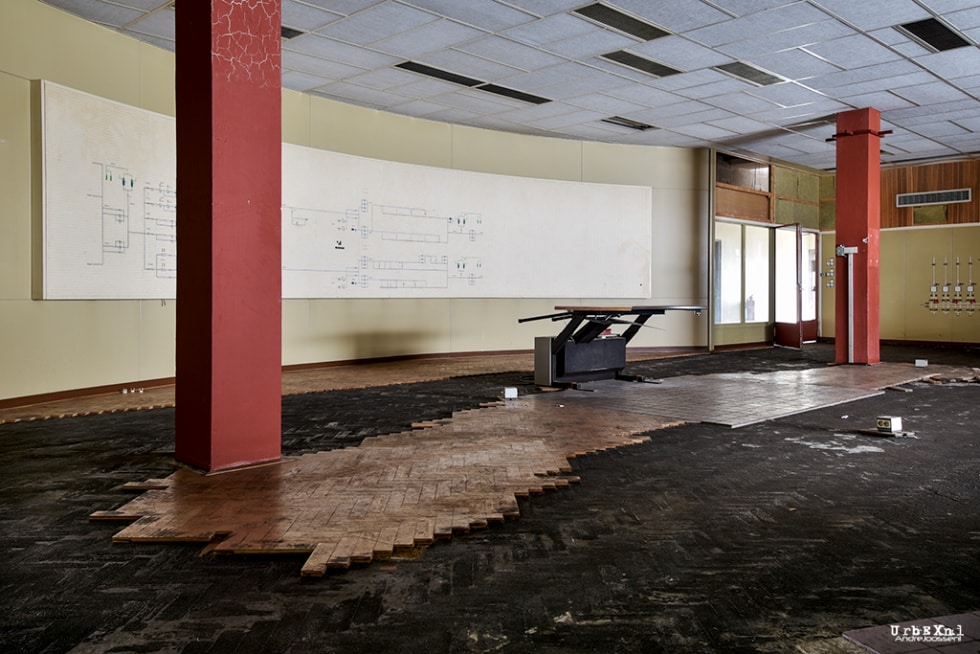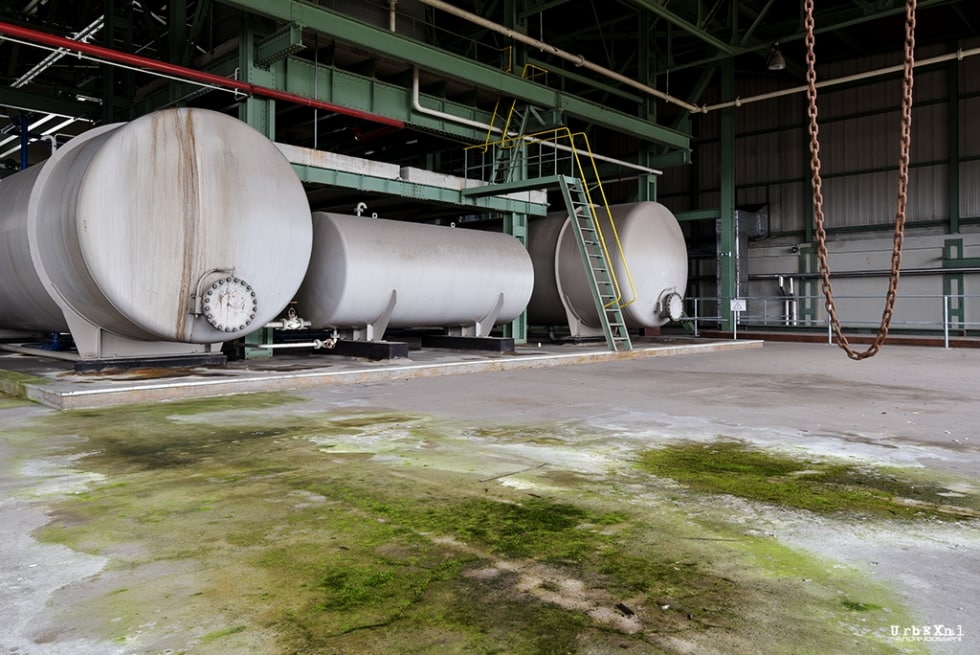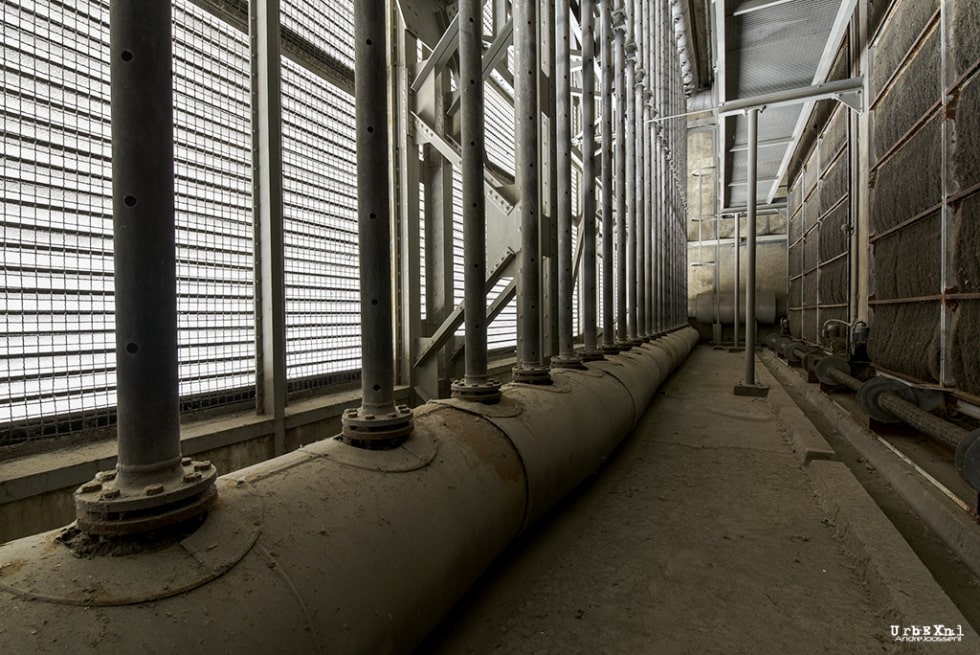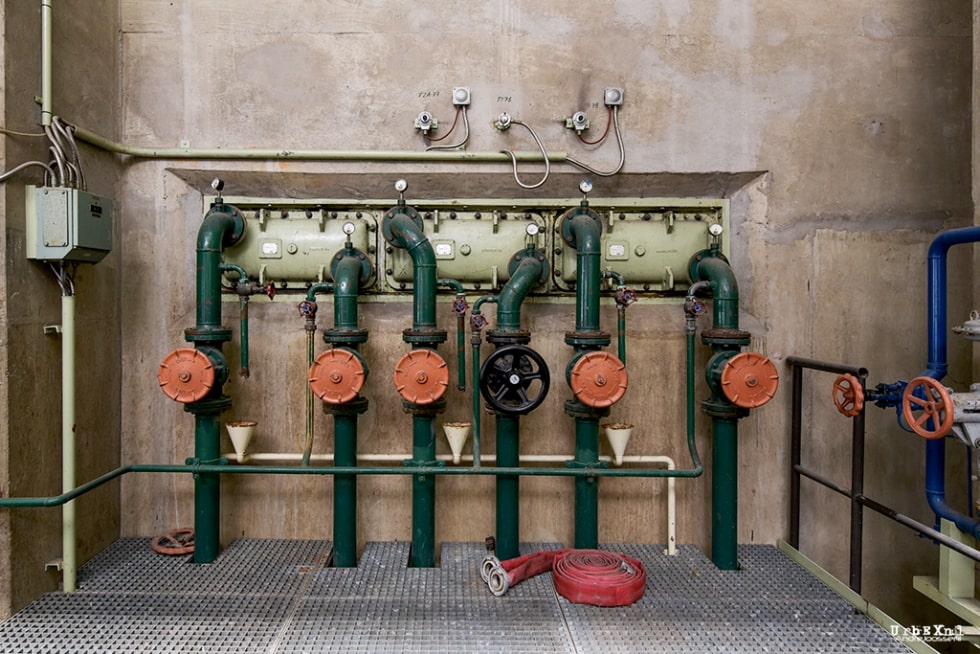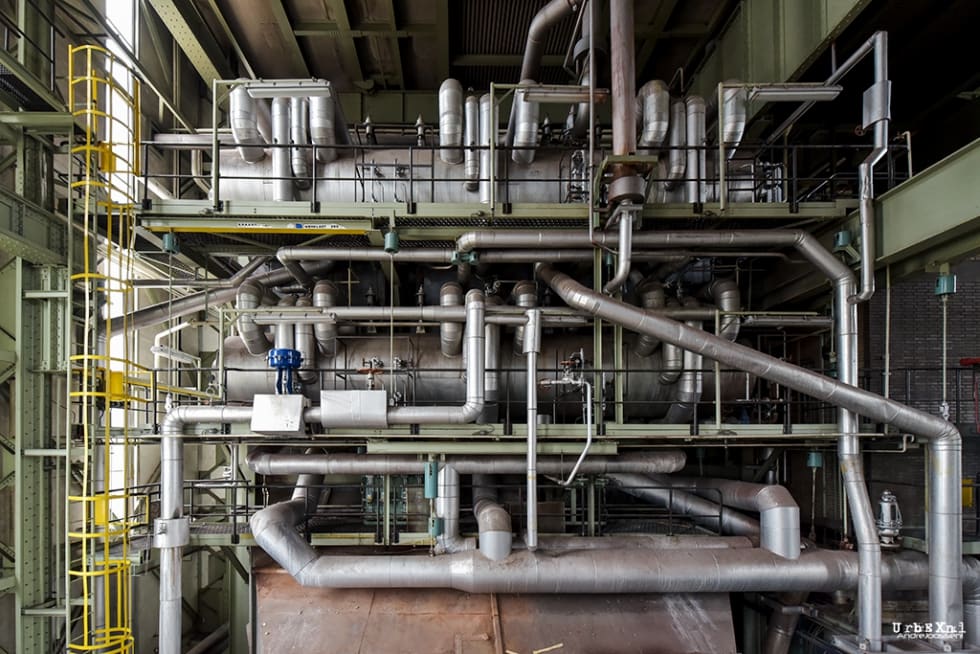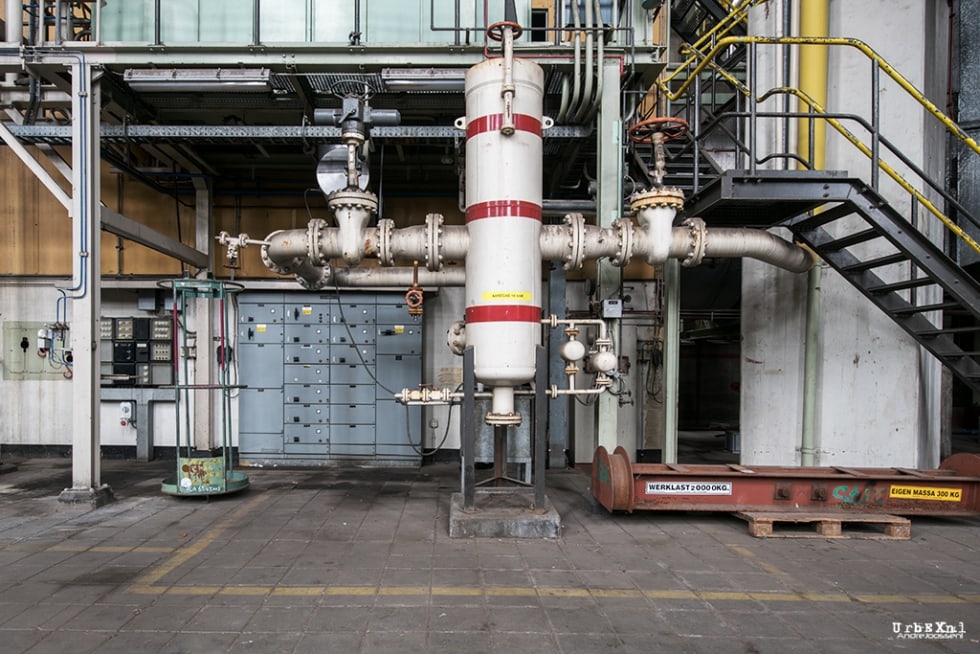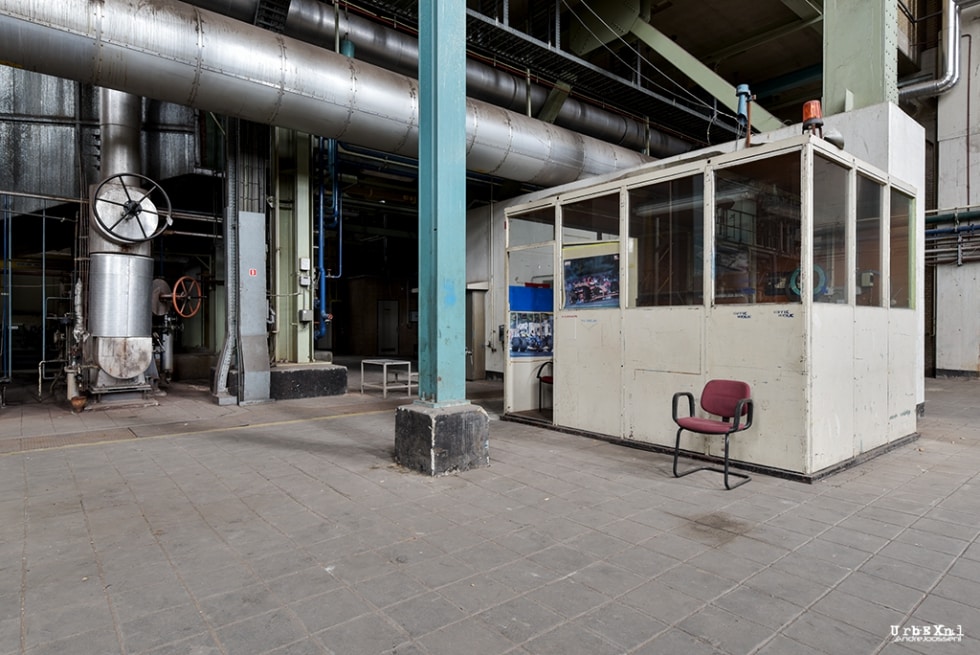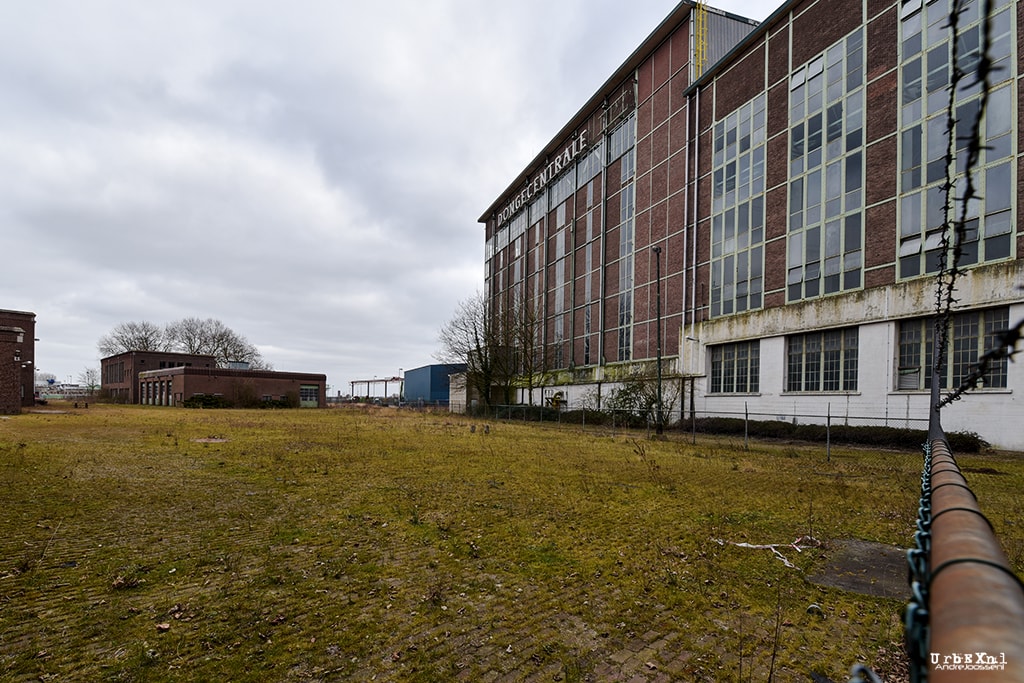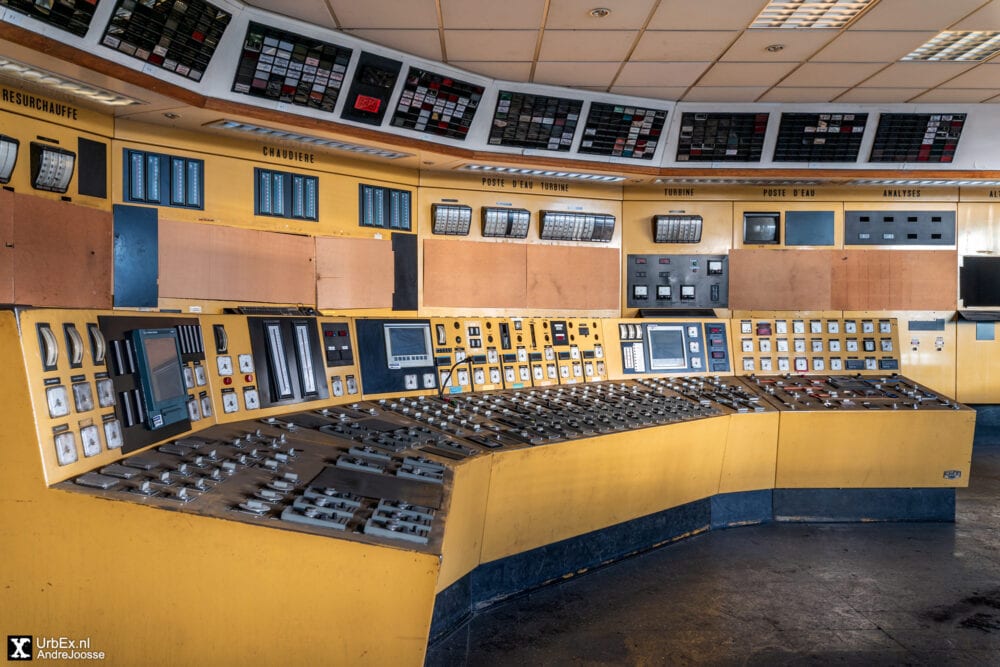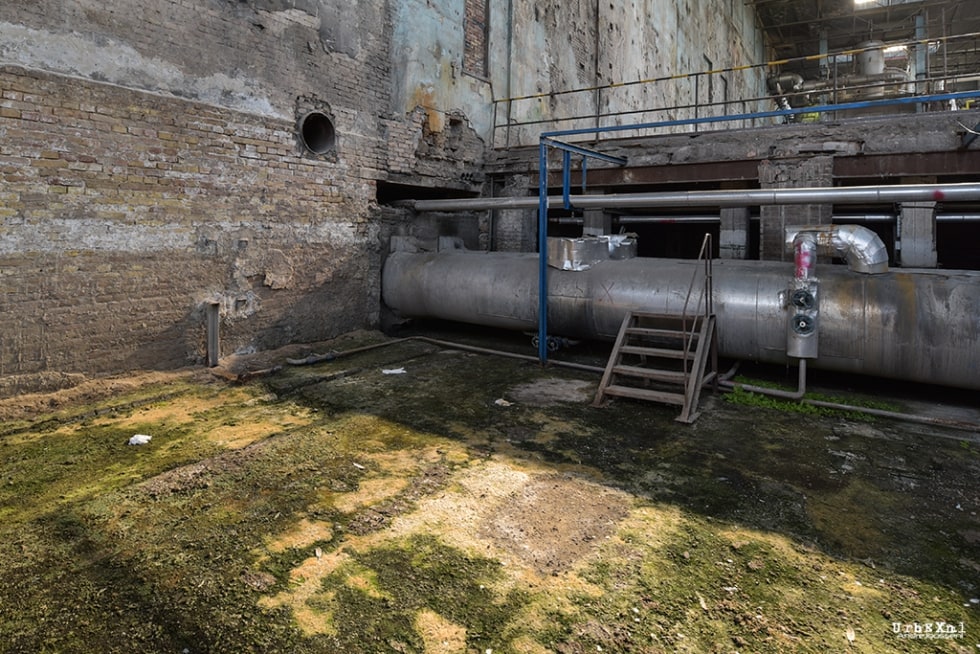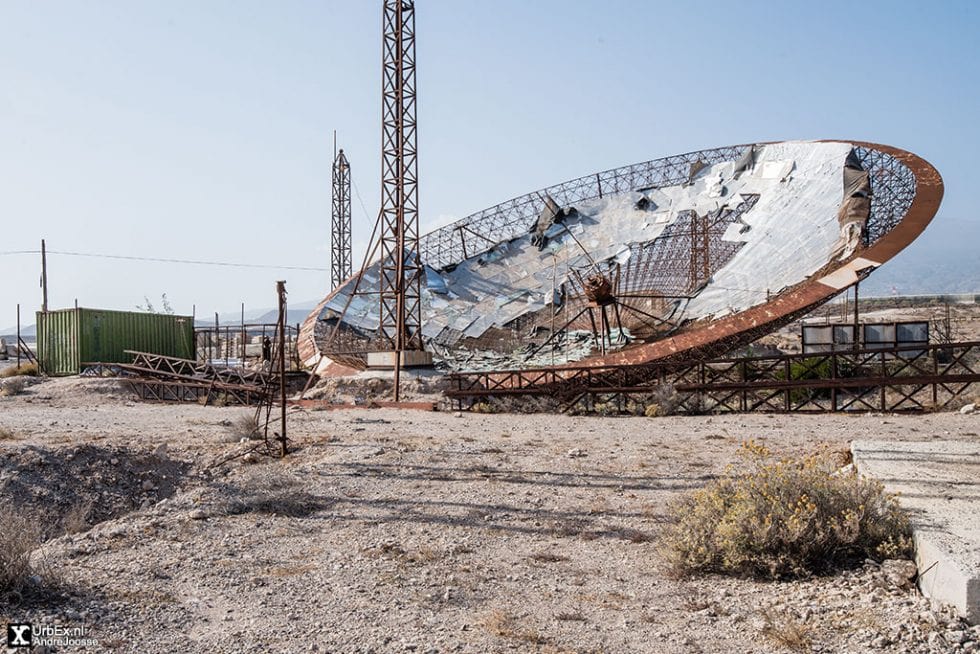Dongecentrale
THE ABANDONED POWER PLANT IN THE NETHERLANDS
The opening of the Dongecentrale brought the first private power plant to North Brabant. The construction of the plant was an initiative of the Provinciale Noord-Brabantse Electriciteits Maatschappij (PNEM), which later merged with Essent.
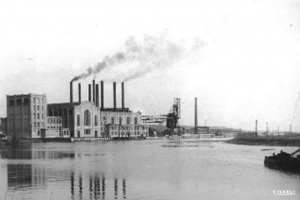
Around 1900, the use of electricity in Dutch industries and households began to rise gradually. The small local electricity producers struggled to meet the growing demand, leading to the construction of PNEM’s first power plant in Geertruidenberg between 1915 and 1919, designed by architect G.J. van Swaaij. Initially, the plant had a capacity of 18.5 megawatts. However, due to the surging demand for electricity, additional plants were built in 1920 and 1931. At the conclusion of World War II, the facilities were bombed by the German army, resulting in a three-year reconstruction period before the site was operational again.
STEG
In 1952 a new power plant was built two kilometers to the North, along the river Amer. In the 1970s, this ‘Amercentrale‘ became so powerful that the Dongecentrale lost its purpose. So in 1972 the Dongecentrale was closed and in 1976 it was transformed to a STEG plant with a capacity of 121 megawatts. STEG stands for STEam and Gas. So coal was no longer needed and because a STEG can be started up very quickly, in just eight hours, the plant was only used to help with peak power requirements.
The original facility, established in 1919, was torn down in the 1990s. Following a machinery accident in 2010, Essent deemed repairs economically unfeasible. The building was abandoned, as though the staff had simply switched off the lights and departed. In 2012, the plant was acquired by the province of Noord-Brabant to repurpose the structure. During my visits to the Dongecentrale in 2016, I observed that both the filter building and the main building had been designated as National Monuments.
Reopened
The venue reopened in 2022 as an event space. The Dongecentrale features 600m² of area, which can host up to 300 guests. With 200 parking spots, most visitors can conveniently drive there. Additionally, there’s outdoor space suitable for events like festivals or team-building activities. I visited the plant twice in 2016.
